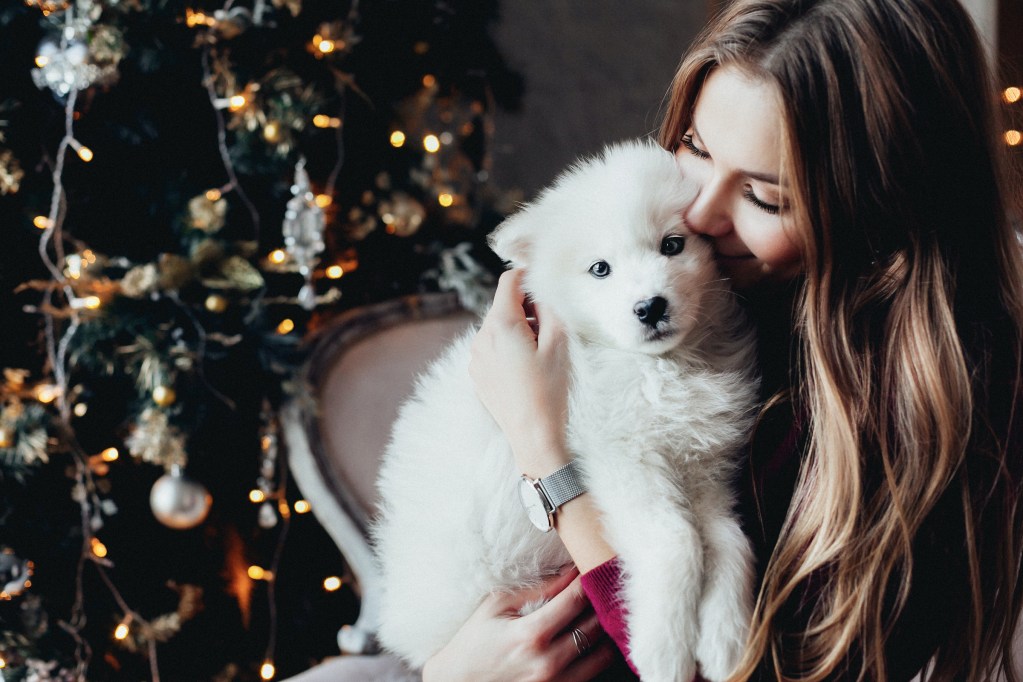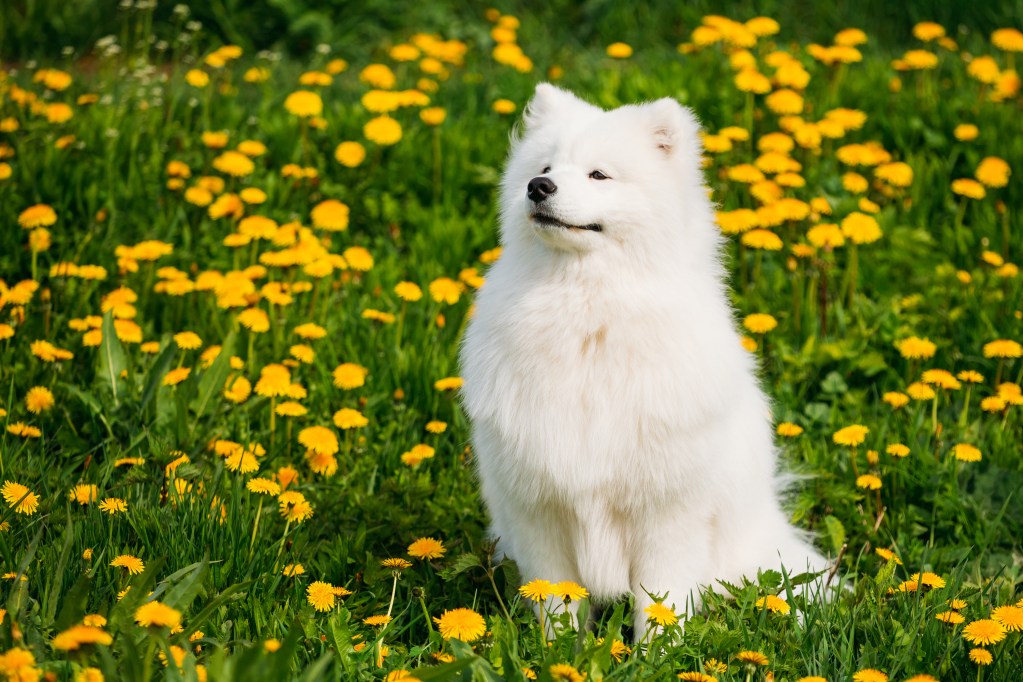We all know that having a pet costs money. There’s food, vet bills, maybe dog boarding, or doggy daycare. This all adds up to an average of $5,000 to $1,000 per year in dog bills. However, this doesn’t even take into account the initial cost of buying a pet. Some owners choose to go to a shelter and can even find dogs and cats for free or at very low fees. On the other side, some beasties cost millions of dollars for very special guys with top pedigrees or features. If you want one of the most expensive dog breeds that also has a great personality, consider one of these.
What are the most expensive dogs?

No matter where you get your beastie, you’ll pay more for a purebred dog, in general, than a mutt. Here, we’re going to cover just the most expensive of the official dog breeds.
Canadian Eskimo dog

These beautiful arctic pups have graced the American continent for at least 4,000 years and originally lived with the Inuit people long before Europeans arrived. Today, only a few hundred of them survive, making it one of the rarest breeds in the world. Because these pups have a very different history from most others, they have a unique diet and don’t necessarily settle into a family life easily. Before you get one, confirm that you’re ready to take on a special kind of pup that will require extra attention and a distinct lifestyle.
Rottweiler

These dogs are so expensive because of the high vet bills that we recommend researching your breeder carefully and investing in pet insurance. Sadly, rottweilers often get cancer and other diseases, plus they frequently develop joint issues. You can get around some of this by looking at how your future pet’s parents and grandparents faired. No matter what, prepare to stay on top of dog doctor visits and keep your pup on a healthy diet with plenty exercise — good for any buddy.
Azawakh

You may not have heard of this pooch yet because it’s brand new and was only approved as a breed in 2019. Originally bred as hunting dogs in South Africa, they now have started to take off as household pets. While Azawakhs have settled well into home life, keep in mind that this bud needs lots of exercise and will only work out with their human. That means a couple of walks and playtime sessions with you every day.
Tibetan mastiff

Tibetan mastiffs stand out here as one of the biggest animals on the list, up to 150 pounds. Their size helped with their job, which included defending sheep from predators, like wolves. Today, these skills make them valuable protectors of families, and no Tibetan mastiff will hesitate to guard their owners. Luckily, while hip dysplasia runs in this breed line, overall they’re relatively healthy dudes.
Chow chow

This adorable breed hails from China and holds the title as one of the oldest dogs. In addition to the big upfront price, chow chows will make you open your wallet for grooming and vet bills frequently. On top of this requirement, you also want to take them for four walks per day at least. Keep in mind that this breed doesn’t always listen, so you’ll have to stay very consistent and remain focused during training sessions.
Löwchen

Many have fallen in love with the “little lion dog” named for their extremely cute mane. The canine originated in France about 500 years ago and remained popular in Europe for centuries before falling into obscurity. The breed has an endearing personality to match their looks, but does require quite a lot of attention from humans. After putting in some serious coin upfront, you won’t have to dig too deep for their yearly exams as they’re quite a healthy lot.
Samoyed

Last but certainly not least, the Samoyed will set you back approximately $2,000 initially, with big bills across the board for most of their life, which luckily can be up to 14 years. Samoyeds are known for wandering, so they can’t ever be left alone without a leash or a solid fence to contain them. But they also love spending time with their humans and wowing with their brilliance.
This list of excellent breeds includes some of the priciest pups in the world, but they’re also some of the most dedicated and energetic. Remember that while the cost of buying a rare dog isn’t minimal, it’s nothing compared to a lifetime of bills. Ensure that you have budgeted correctly for any pet, but especially these ones. If you do bring home a furry friend, though, you’ll have a wonderful companion on your side.




